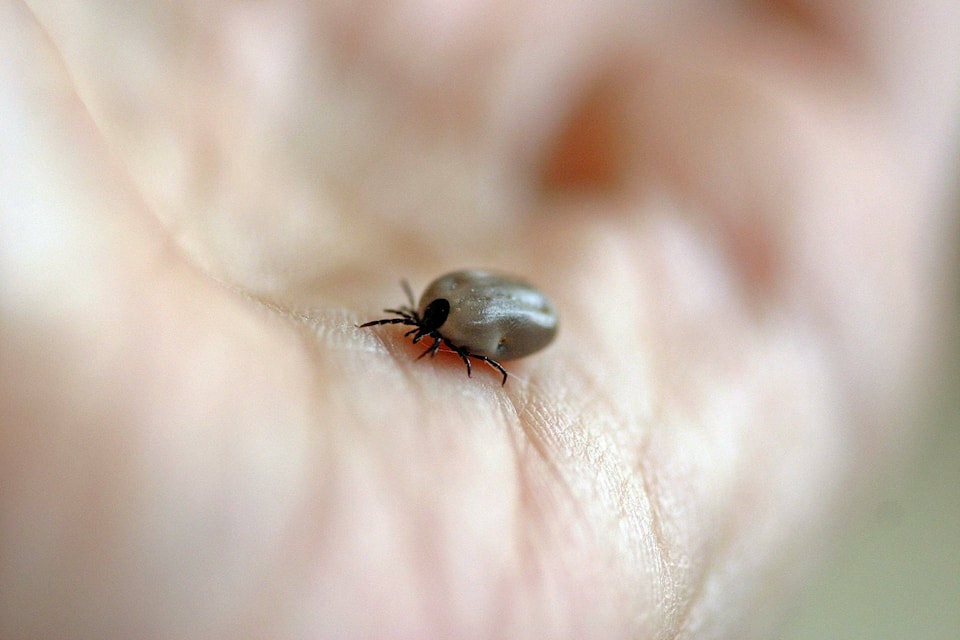Climate change may be increasing the risk of contracting Lyme disease in Canada, with warmer temperatures causing tick season to start earlier, lasting longer and creating a larger area for ticks to be able to survive.
Muhammad Morshed, a professor at UBC’s faculty of medicine and expert on Lyme disease and emerging pathogens, has completed studies on the disease to better understand where it is and how much it is spreading.
There are 12 to 18 cases of lime disease per year in B.C. and half of those are travel-related cases, according to Morshed.
“In B.C., fewer ticks carry Lyme disease bacteria compared to eastern Canada and the eastern U.S,” Morshed.
“Since ticks spread among animals during mating, climate-related changes in animal populations may allow ticks to slowly expand into areas where they weren’t seen before,” Morshed said.
Lyme disease is not the only disease that can be passed on by ticks, with “anaplasmosis, ehrlichiosis, babesiosis and Rocky Mountain spotted fever” also being a risk.
READ MORE:
Despite the increased risks of getting Lyme disease due to climate change, getting it in B.C. is still very low, fortunately, according to Morshed.
A few ways that the public can protect themselves is to wear long sleeve shirts and to tuck your pants into your socks along with wearing light colour clothing to make it easier to see ticks. Insect repellent as long as it has a high percentage of DEET will also help to prevent ticks, according to Morshed.
The news release also suggests that after coming back from a wooded area make sure to check your body for ticks and parents to do the same for their children.
“Ticks have soft pads on their legs and a potent substance in their saliva that prevents pain and itchiness, so you often won’t feel them,” Morshed said.
If you find a tick on your body, grab a pair of clean tweezers and carefully pull straight up. Make sure to clean the area and never crush the tick with your fingers. Then monitor yourself for symptoms like fever, headache and fatigue according to Morshed.
To identify the species of tick take a photo and send it to ETick app. You can also submit it for testing at the BCCDC Public Laboratory, by saving the tick in a container with a tight-fitting top and then bringing it to your physician.




